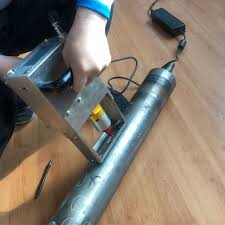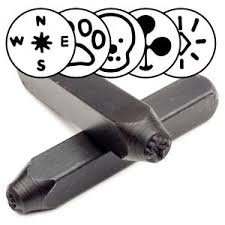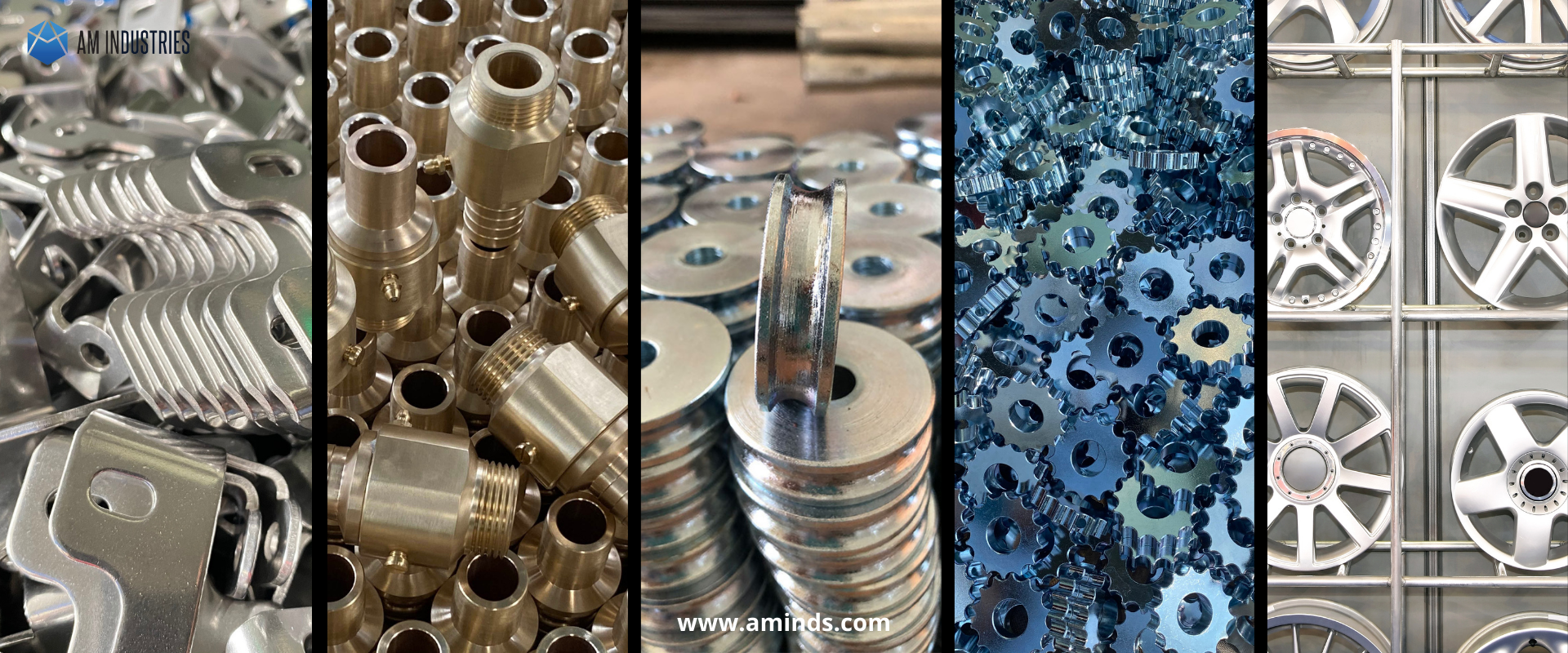In the realm of construction, civil engineering, and various other industries, accurate measurements are the cornerstone of success. The utilization of measuring tools not only ensures precision but also enhances efficiency in project management. When it comes to geotextile applications, the significance of precise measurements cannot be overstated. Let’s delve into the world of measuring tools, their relevance in geotextile applications, and how they optimize project outcomes.

What are the essential measuring tools used in geotextile applications?
Measuring tools in geotextile applications encompass a wide spectrum. Basic tools like measuring tapes and rulers serve as fundamental instruments for length and width measurements of geotextile materials. Laser distance meters elevate accuracy when assessing larger areas, ensuring precise measurements for installation. Additionally, inclinometers aid in measuring slope angles, crucial for proper installation on varying terrains.
How do measuring tools contribute to efficient geotextile installations?
Accurate measurements are the backbone of successful geotextile installations. They enable engineers and workers to calculate the exact amount of material required, reducing wastage and saving costs. Laser-guided measurements minimize human error and ensure proper fitting, especially in expansive projects where precision is paramount. These tools streamline the installation process, contributing significantly to project timelines and budgets.
Can measuring tools assist in quality control for geotextile applications?
Absolutely. Measuring tools play a pivotal role in quality control throughout geotextile projects. They facilitate continuous monitoring of dimensions and ensure compliance with specified standards. For instance, ultrasonic thickness gauges help assess geotextile material thickness, confirming adherence to design specifications. Such quality checks guarantee the longevity and effectiveness of geotextile installations.
Are there advanced measuring technologies revolutionizing geotextile applications?
Indeed, advancements in technology have introduced sophisticated measuring tools that revolutionize geotextile applications. Remote sensing technologies, such as drones equipped with LiDAR (Light Detection and Ranging) or photogrammetry, provide high-resolution aerial measurements. These tools enable comprehensive surveys of large areas, aiding in precise planning and assessment for geotextile projects.



Applications and Relevance of Measuring Tools in Geotextile Projects:
Geotextiles find applications in various areas such as road construction, erosion control, and landfills. Measuring tools are indispensable in these applications. For instance, in road construction, accurate measurements ensure the proper coverage and alignment of geotextile materials, enhancing durability and performance. In erosion control, precise measurements aid in calculating the required coverage area, preventing soil loss effectively.
In conclusion, the utilization of measuring tools significantly enhances the efficiency, accuracy, and quality of geotextile applications. By minimizing errors, reducing material wastage, and ensuring compliance with standards, these tools serve as indispensable assets in the realm of construction and civil engineering, particularly in the context of geotextile projects.
